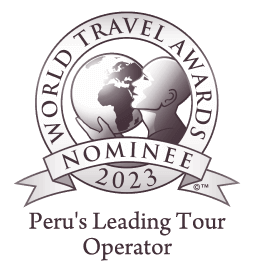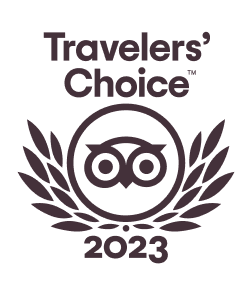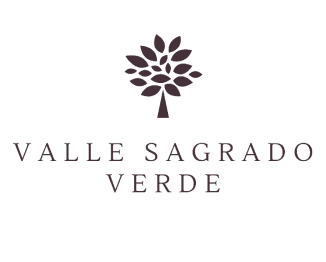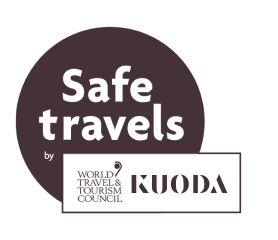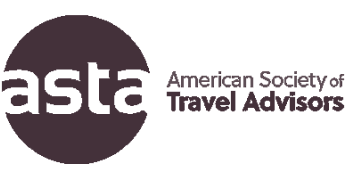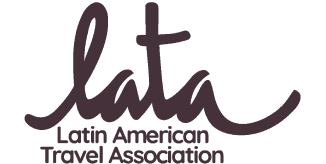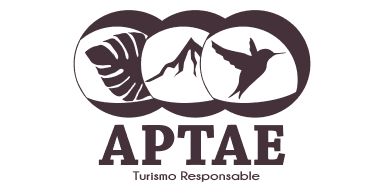Do I need a visa for entry?
U.S., Canadian, New Zealand, and (almost all) Western European citizens DO NOT require a visa to enter Peru. You must simply travel with a passport that is valid for at least six months after your departure date from Chile, and you will be granted a temporary tourism visa for 90 days or less.
Others should check with the Chilean Embassy or consulate in their respective area/region for en try requirements. Travelers who do require a visa can obtain one through the Chilean Embassy or consulate. Times to acquire a visa may vary. For more information check.
Chile has recently done away with their “Reciprocity Fee” for USA passport holders. Australian passport holders are still required to pay a one-time “Reciprocity Fee” of USD$ 117 before entering Chile.
What will the weather be like?
Chile has seven major climatic subtypes – low desert in the north, alpine tundra and glaciers in the east and southeast, tropical rainforest in Easter Island, Oceanic in the south and Mediterranean climate in central Chile. The four seasons start with summer from December to February, autumn from March to May, winter from June to August, and spring from September to November. With such an interesting geography, the seasons effect the country differently depending on where you are visiting.
What is the best time of year to visit?
Patagonia: The Southern Hemisphere’s summer, spring and winter are great seasons to visit Patagonia as these seasons offer the opportunity to dive into a variety of excursions that this natural stunner has to offer. In the months of December to January, March to April and July to August, you will experience the different natural life for every season in Patagonia. The fall is also a beautiful time to visit as Patagonia shows off many beautiful colors as the season changes to winter.
Easter Island: This remote island is sub-tropical, meaning warmer temperatures and plenty of humidity in the summer (average 73°F, or 23°C, but can reach up to 90°F, or 32°C, on the hottest days). The winters are fairly mild (average 64°F, or 18°C, but can dip down to 50°F, or 10°C). Easter Island can be fairly blustery and receives plenty of rainfall in the form of showers year round, with the wettest months being the fall season of April-June.
Santiago: Situated in a valley and surrounded by snow-capped mountains, Santiago boasts a Mediterranean feel. The spring and autumn seasons, from September to November and March to May respectively, are temperature-wise the most pleasant months to visit Chile’s capital city.
Atacama Desert: The Atacama Desert is arguably the driest spot in the world, and temperatures can reach extremes (from 95° F, or 35°C, at the hottest, to 28°F, or -2°C, at its coldest). Make sure to bring plenty of sun protection and layers appropriate for cold, cold nights and hot, hot days.


 Call
Call 





